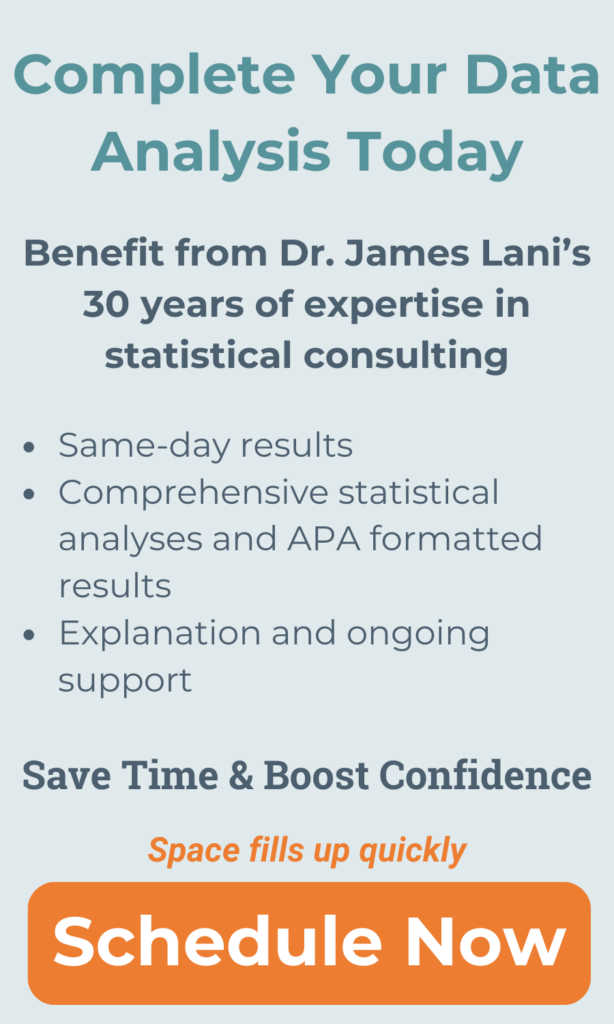Positive and Negative Affect Schedule (PANAS)
The Positive and Negative Affect Schedule (PANAS) comprises two mood scales, one that measures positive affect and the other which measures negative affect. Used as a psychometric scale, the PANAS can show relations between positive and negative affect with personality stats and traits. Ten descriptors are used for each PA scale and NA to define their meanings.
Participants in the PANAS are required to respond to a 20-item test using 5-point scale that ranges from very slightly or not at all (1) to extremely (5).
Authors
Dr. David Watson & Dr. Lee Anna Clark
To Obtain the Instrument
American Psychological Association
Reliability and Validity
Reliability and Validity reported by Watson (1988) was moderately good. For the Positive Affect Scale, the Cronbach alpha coefficient was 0.86 to 0.90; for the Negative Affect Scale, 0.84 to 0.87. Over a 8-week time period, the test-retest correlations were 0.47-0.68 for the PA and 0.39-0.71 for the NA. The PANAS has strong reported validity with such measures as general distress and dysfunction, depression, and state anxiety.
Administration, Analysis and Reporting
Intellectus Consulting can assist the student or professional researcher in administering the survey instrument, collecting the data, conducting the analyses and explaining the results.
For additional information on these services, click here.
Dissertations Using the Positive and Negative Affect Schedule
Below is a list of dissertations that use the PANAS. The full version of these dissertations can be found using ProQuest.
Mignon Angele Montpetit (2007). Negative Affect and Stress: A Dynamical Systems Analysis. University of Notre Dame: Notre Dame, Indiana.
Grindley, E. J. (2005). Predicting adherence in injury rehabilitation: Utility of a screening tool and physical therapists predictions. West Virginia University).
Friedman, M. M. (1991). Stress, social support, psychological distress, and well-being in older women with chronic heart disease. The University of Rochester).
Stephen, S. A. (2000). Correlates of fatigue in older adults with chronic heart failure. The University of Utah).
References
Crocker, P. R. E. (1997). A confirmatory factor analysis of the positive affect negative affect schedule with a youth sport sample. Journal of Sport and Exercise Psychology, 19, 91-97
Crawford, J. R., & Henry, J. D. (2004). The positive and negative affect schedule (PANAS): construct validity, measurement properties and normative data in a large non-clinical sample. British Journal of Clinical Psychology, 43, 245-265.
Harmon-Jones, E., Harmon-Jones, C., Abramson, L. Y., & Peterson, C. K. (2009). PANAS positive activation is associated with anger. Emotion, 9, 183-196.
Kercher, K. (1992). Assessing subjective well-being in the old-old. The PANAS as a measure of orthogonal dimensions of positive and negative affect. Research on Aging, 14(2), 131
Stone, A. A. ( 1981). The association between perceptions of daily experiences and self- and spouse-rated mood. Journal of Research in Personality, 15, 510-522.
Tellegen, A. (1985). Structures of mood and personality and their relevance to assessing anxiety, with an emphasis on self-report. In A. H. Tuma & J. D. Maser (Eds.), Anxiety and the Anxiety disorders, (pp. 681-706), Hilssdale, NJ: Erlbaum.
Watson, D., Clark, L. A., & Tellegen, A. (1988). Development and validation of brief measures of positive and negative affect: The PANAS scales. Journal of Psychology, 54(6), 1063-1070.
Journals
Schmukle, S. C., Elgoff, B. & Burns, L. R. (2002). The relationship between positive and negative affect in the Positive and Negative Affect Schedule. Journal of Research in Personality, 36 (5), 463-475.
Little, Laura M.; Simmons, Bret L.; Nelson, L. Debra (2007). Health Among Leaders: Positive and Negative Affect, Engagement and Burnout, Forgiveness and Revenge, 44 (2), 243-260.

If you’re like others, you’ve invested a lot of time and money developing your dissertation or project research. Finish strong by learning how our dissertation specialists support your efforts to cross the finish line.
